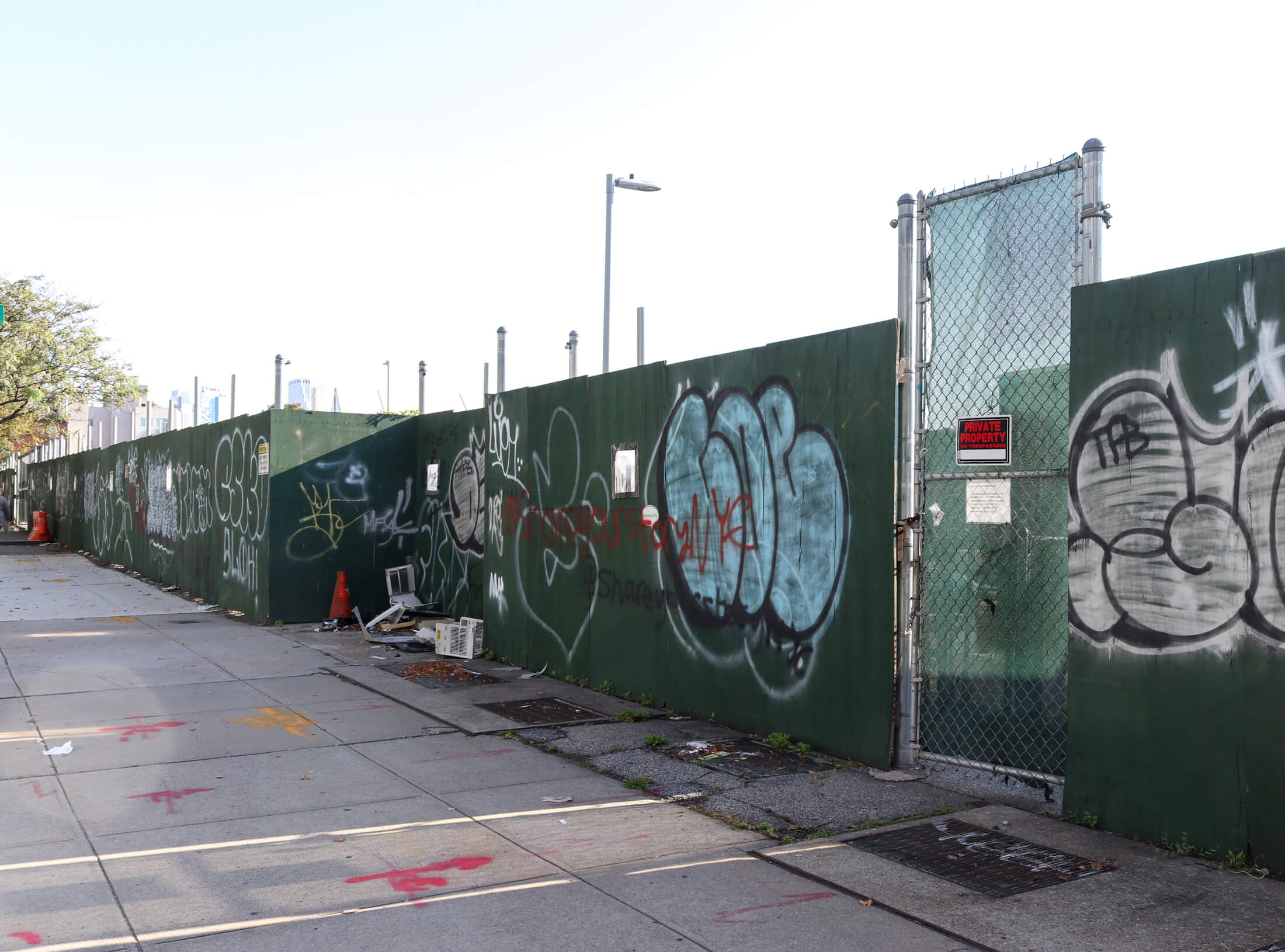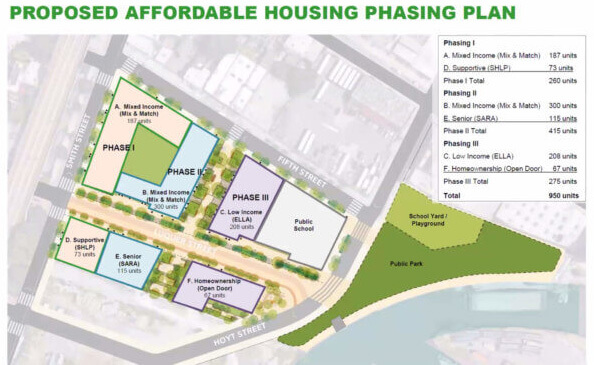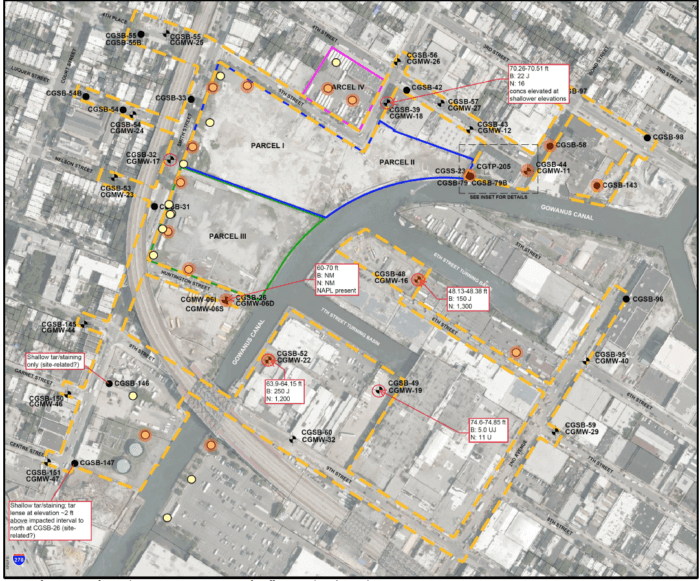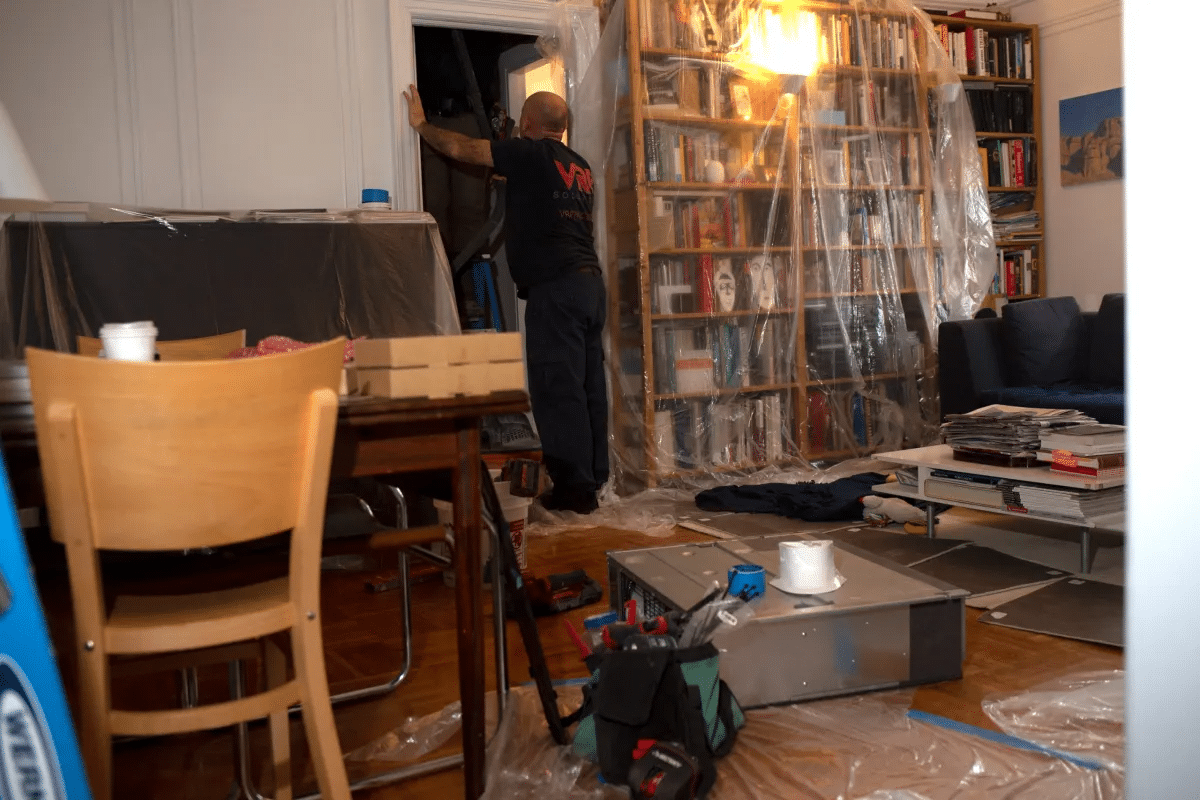EPA Letter Warns State Cleanup of Gowanus Green May Leave Contamination Behind
The federal Environmental Protection Agency is concerned that the state’s current plans to clean up the heavily contaminated Public Place site are insufficient.

Photo by Susan De Vries
The federal Environmental Protection Agency is concerned that the state’s current plans to clean up the heavily contaminated Public Place site are insufficient and would leave behind dangerous chemicals that could present health issues to the surrounding neighborhood, according to a letter obtained by Brooklyn Paper.
A February 23 missive from Pat Evangelista, the agency’s director for Superfund and Emergency Management, details the potential for dangerous chemicals and contaminated groundwater to “migrate” into the Gowanus Canal and the soil, which could lead to “soil vapor intrusion,” wherein hazardous gasses leech upwards into buildings.
Unless the state Department of Environmental Conservation can provide data demonstrating the safety of their current proposals, additional remediation will be needed at the site, the letter says.

Public Place, which sits beside the canal at 5th and Smith streets, is the former home of the Citizens Manufactured Gas Plant, which produced gas from materials like oil and coal for about a century. The plant was closed by Brooklyn Union Gas, the predecessor of the British power giant National Grid, in the 1960s, but the toxic remnants of the plant remained in the soil, mostly in the form of coal tar, also called “non-aqueous phase liquids,” or NAPLs. Those non-water soluble liquids can partially solidify near the surface, but often remain liquid lower in the ground, where they can spread slowly through the soil or in groundwater.
As part of the recently approved Gowanus rezoning, Public Place will be home to an all-affordable apartment building and public school in a development known as Gowanus Green. Last spring, EPA and DEC resolved to work together to ensure a thorough cleanup of the lot after the Gowanus Community Advisory Group asked the EPA to review and comment on the department’s revised plans to clean up the site.
From August to November of 2021, DEC, EPA and National Grid, the responsible party funding the brownfield cleanup of Public Place, met four times to discuss EPA’s concerns about the cleanup after their review, according to a December letter from Susan Edwards, director of DEC’s Division of Environmental Remediation.
“As these discussions have progressed, EPA’s concerns continue to evolve beyond those originally raised,” Edwards wrote.
In order to successfully complete the goals of the cleanup collaboration, Edwards said, the department sought to “gain formal consensus” of the EPA’s concerns to ensure they were addressed.

The letter listed the EPA’s top 10 concerns regarding the cleanup “as the DEC currently understands them.”
Taking into consideration the series of meetings, EPA-provided materials and historical documents, including the 2007 Record of Decision, DEC and the state health department “believe that the current citizens remedy appropriately addresses each concern, and that the remedy is protective of public health and the environment,” according to the letter.
However, the EPA is “still concerned that following the implementation of the upland remedy, NAPL and contaminated groundwater will continue to migrate off site at levels that may not satisfy the expectations of EPA’s ROD with regard to source control and migration of contaminated groundwater.”
National Grid has claimed that the potential for coal tar migration is low to nonexistent, but the company has failed to back up that claim with data, according to the letter, and appears to have considered only the properties of the coal far found beneath the canal, not in the land abutting it.
“The potential for continued lateral migration and the resulting changes in the distributions of off-site NAP and groundwater contamination following remediation remains a primary concern,” Evangelista wrote.
Thus far, National Grid’s mitigation has been focused on cleaning up areas where the public and construction workers could come in direct contact with the toxic chemicals, with little work done on the deeper coal tar or the tar that extends beyond the boundaries of Public Place. Recent studies have found the sludge as far as 800 feet north, south, and east of the lot.
Groundwater presents another issue for the EPA. Once the remediation is complete, the direction of groundwater flow will change, according to modeling, and “groundwater mounding,” or a buildup of water above the water table, is expected. As such, DEC and National Grid must take into account the potential for the spread of groundwater contaminated with benzene and naphthalene, two of the cancer-causing compounds found in high concentrations on parts of Public Place, Evangelista wrote.
According to Jacobs, a consultant hired by the EPA, the best-case remediation scenario proposed by DEC would reduce the flow of contaminated groundwater into the canal by up to 90 percent, but that water would simply remain in the aquifer — the impacts of which have not been studied.

In the December letter where DEC laid out the EPA’s top concerns, Edwards noted that groundwater migration could result in soil vapor intrusion concerns for off-site buildings, and that the combination of remaining coal-tar contaminated soil and groundwater mounding could result in the toxic groundwater leaching back into the Gowanus Canal.
Based on the technical discussions held in last year’s meetings, the EPA feels confident that DEC will mitigate the possibility of soil vapor intrusion and direct human contact with contaminated soil and materials at Public Place, despite the fact that the department has yet to detail those mitigation measures.
In addition, the department had failed altogether to address the future “periodic pumping” of tar extraction wells near what will become public recreation areas. The letter recommends that DEC plan to utilize underground wells with odor containment measures.
In December 2020, Christos Tsiamis, the Gowanus Superfund’s project manager, told the CAG he worried that the planned remediation efforts wouldn’t be sufficient in keeping the future residents of Gowanus Green safe from volatile chemicals. DEC rebuked his concerns and demanded that EPA do the same. Tsiamis specifically warned about the extraction wells at the time.
“From my experience, standing around those wells when they are pumped is not a pleasant [experience],” he said. “I don’t think children — or even adults — should be playing around when this is happening.”
The EPA is prepared to support DEC in their investigations and in any further remediation efforts needed, Evangelista wrote, including in pursuing funding from National Grid for additional cleanup and containment measures.
Editor’s note: A version of this story originally ran in Brooklyn Paper. Click here to see the original story.
Related Stories
- EPA and DCP Promise to Make Gowanus Green Affordable Housing Development Safe From Toxins
- State Scolds EPA Expert for Voicing Concerns Over Pollution at Gowanus Affordable Housing Site
- EPA Rep Warns About Constructing Affordable Housing at Gowanus Green Without Toxic Cleanup
Email tips@brownstoner.com with further comments, questions or tips. Follow Brownstoner on Twitter and Instagram, and like us on Facebook.









What's Your Take? Leave a Comment